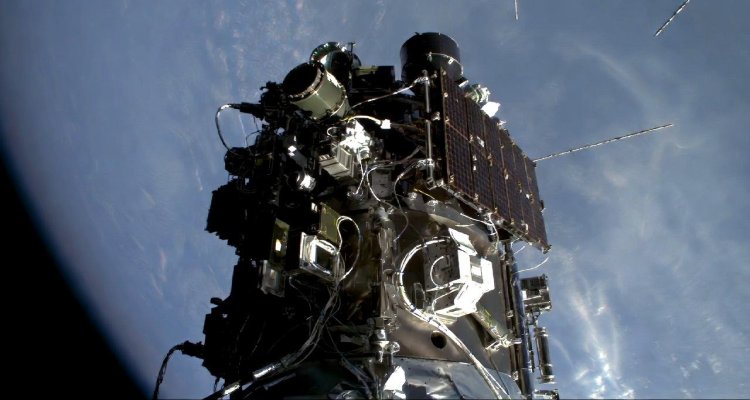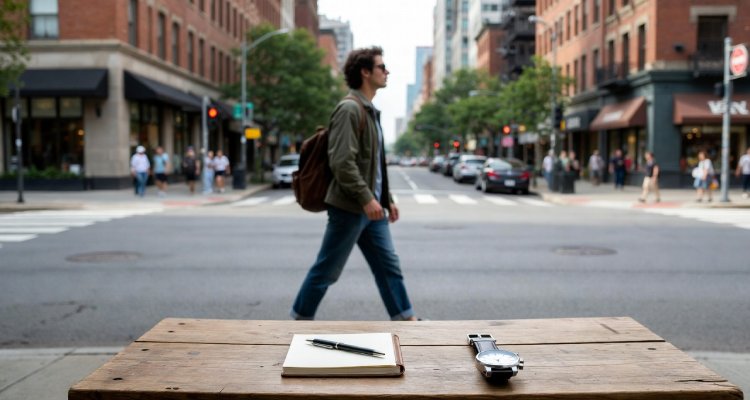The Million-Dollar Mistakes That Turned Into Empires
From billion-dollar brands to cultural icons, discover how business blunders became the foundations of global empires.
Introduction: When Failure Becomes Fortune
In the world of business, failure is often feared like a terminal diagnosis. Boardrooms panic, investors flee, and founders lose sleep over decisions gone wrong. Yet, history has a peculiar way of rewarding certain mistakes—turning what seemed like catastrophic errors into multi-million-dollar (and sometimes multi-billion-dollar) empires.
From accidental product inventions to misread markets, these “mistakes” not only survived but thrived, reshaping industries and inspiring a generation of entrepreneurs to embrace risk with open arms.
Context & Background: Why Mistakes Sometimes Win
Business schools teach precision, planning, and calculated risk. But reality? Markets shift, consumer preferences evolve, and products can take unexpected turns.
According to Harvard Business Review, nearly 42% of successful products were not used for their originally intended purpose. When companies pivot, adapt, and reframe failures as opportunities, the results can be game-changing.
History is filled with stories where a misstep became the golden ticket. And in many cases, these moments weren’t recognized as successes until years later.
Main Developments: Famous ‘Mistakes’ That Made History
Here are some of the most remarkable examples where million-dollar errors became empires:
1. Post-it Notes – The Glue That Wasn’t Sticky Enough
In 1968, 3M scientist Spencer Silver developed an adhesive that was, by all accounts, a failure—it wasn’t strong enough to hold anything in place. Instead of discarding it, 3M found a use for it as a removable note system. The result? Post-it Notes, now generating over $1 billion annually and used in offices worldwide.
2. Coca-Cola – A Medicinal Misfire
Pharmacist John Pemberton’s original Coca-Cola formula was meant as a cure for headaches and fatigue. But the market didn’t embrace it as medicine. Instead, it found fame as a refreshing beverage. Today, Coca-Cola’s brand value exceeds $90 billion, making it one of the most recognized names in history.
3. Slack – A Failed Video Game’s Second Life
Slack, the world’s leading workplace communication tool, was born from the ashes of an unsuccessful online game called “Glitch.” Founder Stewart Butterfield repurposed the internal messaging system his team had built for game development, creating a platform now valued at over $27 billion.
4. WD-40 – The Product That Failed 39 Times
Norm Larsen was trying to develop a rust-prevention solvent for the aerospace industry. It took 40 attempts to get it right. The result—WD-40—wasn’t just for rockets. Today, it’s a household staple sold in more than 176 countries.
5. Nintendo’s Shift from Playing Cards to Pixels
Nintendo started in 1889 making handmade playing cards. When the market for cards declined, the company pivoted into toys, then video games. That “mistake” of abandoning their core product led to a gaming empire worth over $50 billion.
Expert Insight: The Psychology of Turning Failure Around
“Failure in business is rarely final—it’s directional,” says Dr. Emily Harper, a professor of entrepreneurship at Stanford University.
She adds, “The key difference between a company that folds and one that flourishes after a mistake is mindset. Leaders who see setbacks as data, not disasters, are the ones who create lasting success.”
Public sentiment toward such stories is overwhelmingly positive. Social media often celebrates “fail-to-success” journeys, with platforms like LinkedIn flooded with posts championing resilience over perfection.
Impact & Implications: Lessons for Entrepreneurs and Investors
These stories offer more than inspiration—they provide a blueprint for navigating uncertainty:
- Adapt Fast: Recognize when a product’s strength lies outside its original intent.
- Market Listening: Consumer response can reveal unexpected demand.
- Mindset Over Ego: Leaders willing to pivot without clinging to failed visions tend to outlast competitors.
- Invest in Resilience: For investors, companies that embrace flexibility often deliver long-term returns.
The ripple effects of these “mistakes” are global—from creating thousands of jobs to changing consumer behavior entirely.
Conclusion: The Fine Line Between Blunder and Brilliance
In hindsight, many of the world’s most iconic brands were built not on perfect execution, but on bold, sometimes desperate pivots. What separates a million-dollar mistake from a billion-dollar empire isn’t luck—it’s the willingness to reimagine failure as opportunity.
In an era where disruption is the norm, perhaps the real mistake is playing it too safe.
Disclaimer: This article is for informational purposes only and does not constitute financial advice.











